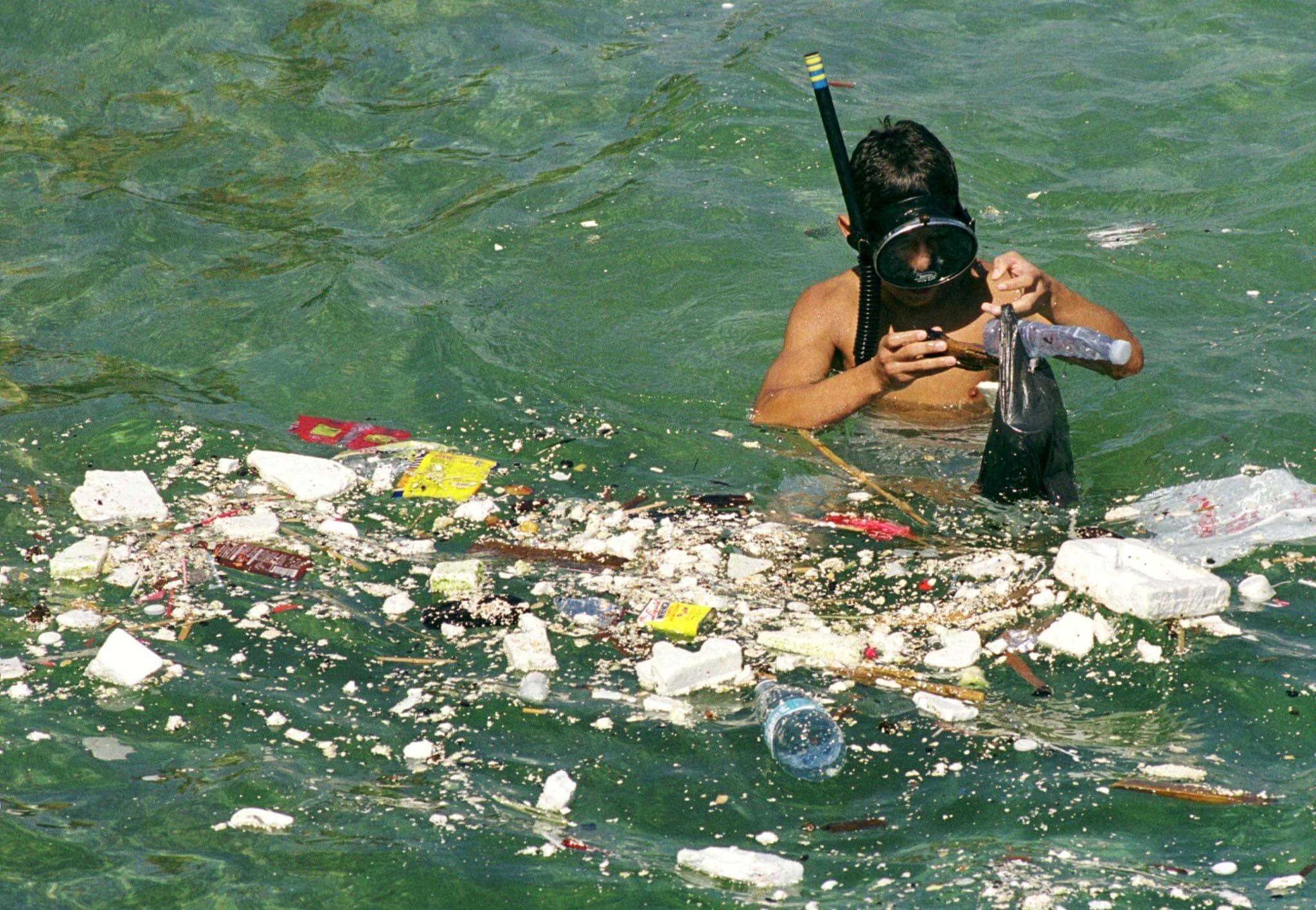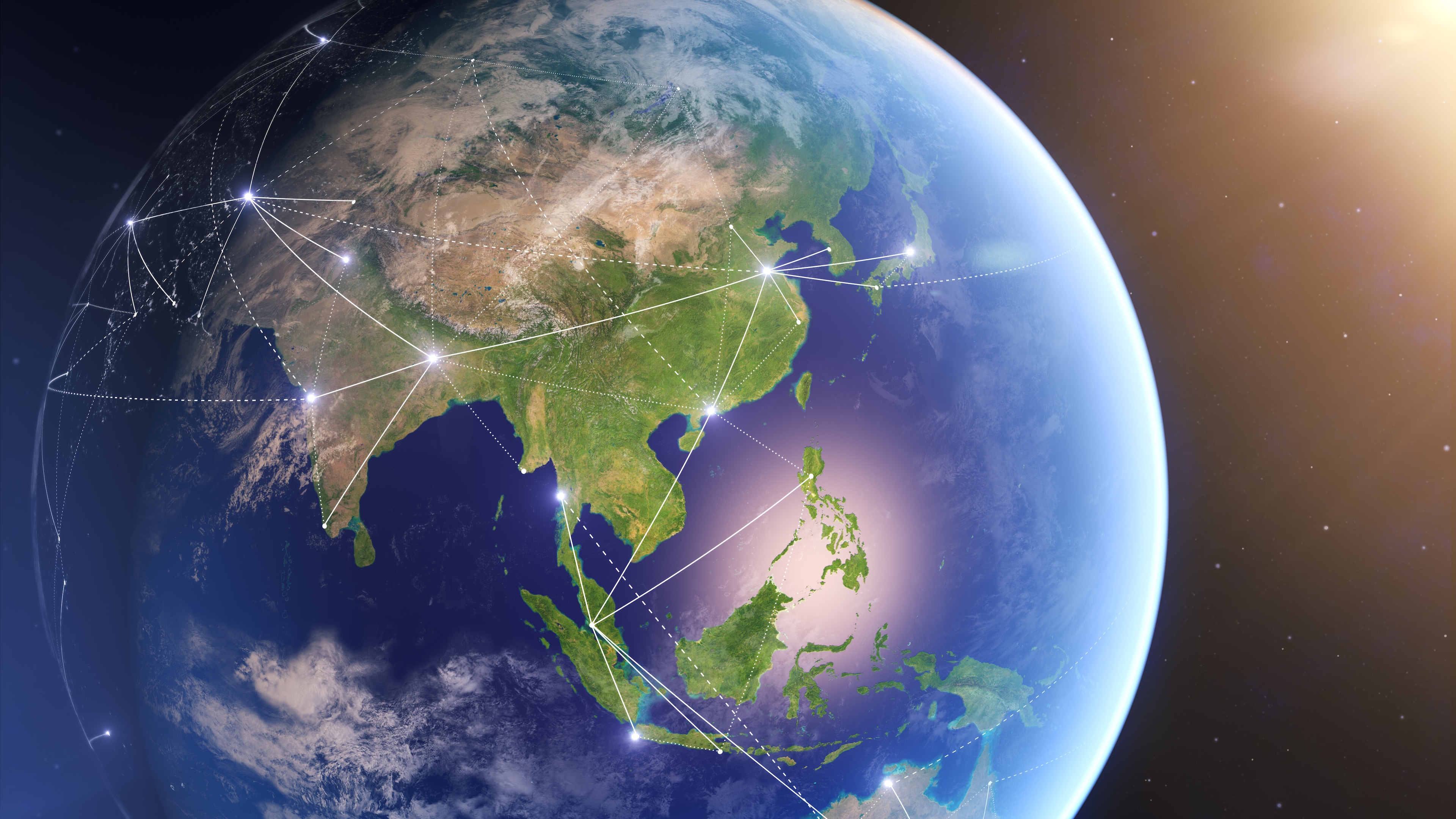Six tips for climate funders working in fragile and conflict-affected settings
Climate funders can help societies adapt to extreme weather events.
Image: Nektarios Markogiannis/UNMISS
Stay up to date:
COP28
- Finance for climate adaptation can increase vulnerable regions' resilience to climate change.
- It can also improve the prospects of peace, stability and broader development.
- Here are six suggestions for how climate funders can work successfully in fragile contexts, based on peacebuilding experience.
The devastation unleashed on the city of Derna, Libya, by Storm Daniel in September this year was not just a result of 400mm of rain falling in a day. Years of war and chaos had damaged two key dams and authorities were poorly prepared. The result was, perhaps, tens of thousands of preventable deaths.
Dangerous interactions between conflict-related fragility and climate vulnerability are playing out across some of the world’s poorest regions. Strikingly, 80% of UN peacekeepers are deployed in countries ranked among the most vulnerable to climate change.
Finance for climate adaptation can both increase the vulnerable communities’ and regions’ resilience to climate change and improve the prospects of peace, stability and broader development. Discussions at the COP28 climate summit suggest there is a genuine will among wealthier nations to channel more climate finance to fragile regions. For this to happen, many climate funders — from multilateral funds to development banks to bilateral donors – will need to adjust to unfamiliar challenges and risks associated with fragile and conflict-affected settings. But they are not the first to do so: peacebuilders have spent decades learning how to do it. Here are six suggestions for how climate funders can work successfully in fragile contexts, based on peacebuilding experience.
1. Work on conflict and fragility, not just in it
Working in a fragile setting undoubtedly comes with risks, not only to the safety of staff and infrastructure, but also to sudden changes in circumstances that throw project plans into disarray. But these risks can be managed and mitigated. At the same time, climate adaptation projects can be peace-positive, working on, rather than just in or around, conflict, to borrow from James Goodhand’s advice to development agencies working in conflict zones.
With the right approaches, climate adaptation can help to build peace. In turn, this can increase communities’ resilience to climate change and can open the way for more ambitious adaptation work later on.
2. Assess conflict risk throughout the project cycle
Study local conflict dynamics, tensions and risks as part of project planning and keep monitoring them throughout the project cycle. Be sure to consider stakeholders beyond the target community, as well as the full cycle of project activities, including where materials are sourced.
While in more stable settings the consequences of missteps can generally be absorbed, managed or mitigated — if not always fairly — in fragile settings, displacement, grievances and lost livelihoods can spill over into armed violence and political disruption. A thorough analysis of the context allows you to manage and mitigate risks to the project and to local communities and to identify opportunities to contribute to peace.
How is the World Economic Forum fighting the climate crisis?
3. Make consultation a core activity, not a courtesy
Public consultation is too often a box-ticking exercise. In fragile settings it must be much more than this. Projects should actively seek out and engage with local stakeholders and communities, being as inclusive as possible.
This is not just about obtaining consent and identifying potential opposition. It is also about learning from local communities how they have traditionally adapted to extreme weather and climate variation and managed their fallout. Building on these local solutions and institutions could have a greater impact than trying to impose new models.
On top of this, when public engagement brings together groups who have tense or adversarial relations, the act of negotiating over common interests — such as access rights to land or water resources during a drought – is central to the practice of ‘environmental peacebuilding.'
4. Build new networks and partnerships
The state often has limited capacity and reach in fragile settings. Some of the most trusted, well-resourced and well-connected organizations on the ground may well be peacebuilders — whether peace missions deployed by the United Nations; regional organizations, such as the African Union; or international NGOs, such as my old organization, International Alert.
These can be useful partners for climate funders. They can, for example, help to ensure conflict-sensitive planning and implementation, facilitate contact with local communities and recommend potential local supporters and advocates.
Peacebuilding actors can also help to identify local adaptation needs and opportunities. It is increasingly common for peace practitioners to get training on climate security. In the past few years, several major UN peace missions have employed climate advisers. They may even take part in implementation; personnel of the UN Mission in South Sudan report spending increasing time and resources on responding to climate change impacts.
5. Engage for the long term
Progress in fragile settings may be incremental, with many setbacks. Climate funders should have a long-term strategy for building resilience and securing adaptation gains in a fragile region and be ready for plans to evolve as the context changes. This strategy should be aligned with local peacebuilding and development strategies.
6. Don’t flood local partners with money
Local climate actors in fragile settings may be small, with limited capacity for managing funds. Giving them too much money in one go can be counterproductive and risky for both the donor and the recipient organization.
This is another area where partnering with established peacebuilding organizations could be advantageous. For example, they can help smaller local organizations and even state actors to negotiate climate funds’ demanding application procedures. They can offer capacity building in financial monitoring and reporting.
Another possible model is to channel climate finance through larger peacebuilding actors, who can then distribute them to local partners with whom they have closer contact and rapport. This would also potentially reduce the transaction costs for climate funders of working with multiple local partners.
We are in an age of polycrises, driven by interacting global and local factors, teleconnections and hard geophysical realities. With funding already far below what is needed to address these crises, the case has never been stronger for cooperating across traditional policy siloes and exploiting synergies wherever they exist. As climate funders venture further into the unfamiliar territory of fragility and conflict, peacebuilders can be invaluable guides and partners.
Accept our marketing cookies to access this content.
These cookies are currently disabled in your browser.
Don't miss any update on this topic
Create a free account and access your personalized content collection with our latest publications and analyses.
License and Republishing
World Economic Forum articles may be republished in accordance with the Creative Commons Attribution-NonCommercial-NoDerivatives 4.0 International Public License, and in accordance with our Terms of Use.
The views expressed in this article are those of the author alone and not the World Economic Forum.
Related topics:
Forum Stories newsletter
Bringing you weekly curated insights and analysis on the global issues that matter.
More on Global CooperationSee all
Natalie Pierce
August 12, 2025
JJ Enoch
August 6, 2025
Eric Holst
August 4, 2025
Catherine Chevauché
August 4, 2025
Li Dongsheng
July 31, 2025
Pranidhi Sawhney and Adam Skali
July 29, 2025





